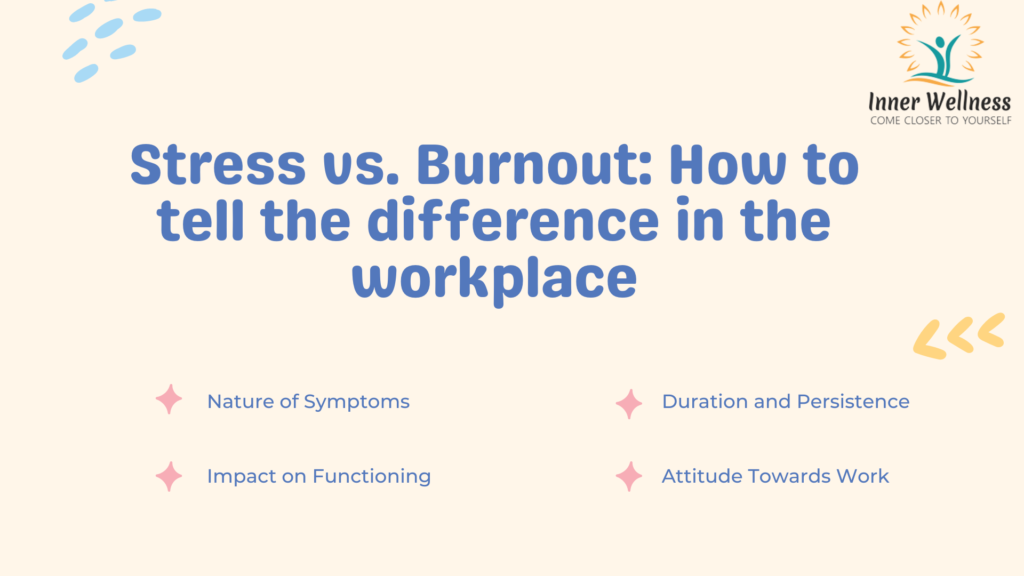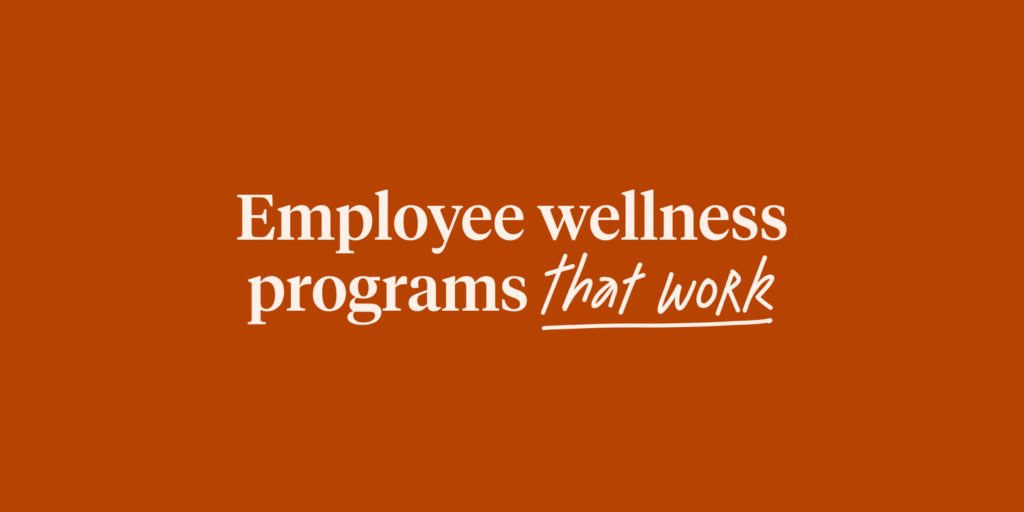Distinguishing between stress and burnout is crucial for effectively addressing employees’ well-being in the workplace. Stress is a natural response to challenging or demanding situations, whereas burnout is a state of chronic exhaustion, cynicism, and ineffectiveness resulting from prolonged stress. Here are some key differences to look for:
1. Nature of Symptoms:
– Stress typically involves feelings of pressure, tension, and emotional overwhelm, often accompanied by physical symptoms like headaches or insomnia. Employees experiencing stress may still have a sense of hope and a desire to improve their situation.
– Burnout, on the other hand, involves a profound sense of emotional and physical exhaustion, accompanied by feelings of detachment and cynicism towards work. Employees experiencing burnout may feel emotionally drained and disengaged, with a loss of motivation and satisfaction in their job.
2. Duration and Persistence:
– Stress is often temporary and can fluctuate depending on the situation. While it can have long-lasting effects if not managed properly, stress typically improves once the stressor is removed or coping strategies are implemented.
– Burnout is a more persistent and chronic condition that develops gradually over time. It tends to worsen if left unaddressed and can significantly impact an employee’s well-being and performance in the long term.
3. Impact on Functioning:
– Stress may affect an employee’s ability to focus, make decisions, or handle tasks efficiently, but they can still function adequately with appropriate support and coping mechanisms.
– Burnout, on the other hand, can severely impair an employee’s functioning, leading to decreased productivity, absenteeism, and increased errors or mistakes. It may also manifest as interpersonal conflicts or withdrawal from work-related activities.
4. Attitude Towards Work:
– Employees experiencing stress may still have a positive attitude towards their job and may be willing to seek help and make changes to alleviate their symptoms.
– Burnout is characterized by a sense of disillusionment and negativity towards work, with employees feeling emotionally drained and detached from their responsibilities.
To address stress and burnout effectively in the workplace, it’s essential to create a supportive environment where employees feel comfortable discussing their concerns and accessing appropriate resources for support. This may include offering mental health resources, promoting work-life balance, and implementing stress management programs or initiatives aimed at preventing burnout. Early intervention and proactive measures can help mitigate the negative effects of stress and prevent burnout from escalating.



